Earlier in this series, I traced the journey of Jasper Tudor and his young nephew Henry’s escape from West Wales and their arrival in Brittany. The Tudors were welcomed to Vannes as guests of the powerful Duke Francis of Brittany before moving to the more remote Château de Suscinio for their own safety. The increased threat of abduction by York’s agents finally convinced Duke Francis to reduce the risk by moving them to separate locations inland.
Fourteen-year-old Henry was relocated to the Forteresse de Largoët, deep in the forest outside of the sleepy town of Elven. His custodian, Marshall of Brittany, Jean IV, Lord of Rieux and Rochefort, had two sons of a similar age to Henry, and it is thought they continued their education together. Henry was however prevented from communicating with his mother in England or his uncle Jasper Tudor, who now resided in a château elsewhere in Brittany.
In my research, I discovered intriguing details at the National Library of Wales which suggest Henry Tudor enjoyed more freedom at this time than is generally imagined. The papers claim that, ‘by a Breton lady’, Henry Tudor fathered a son, Roland Velville, whom he knighted after coming to the throne. Sir Roland is recorded as being Henry’s ‘companion’ and a champion jouster.
The poorly signposted Forteresse de Largoët was a little difficult to find in the woodlands outside Elven. At the gatehouse, I was given a useful leaflet in English which confirmed that: ‘On the second floor of the Dungeon Tower and to the left is found a small vaulted room where the Count of Richemont was imprisoned for 18 months (1474-1475).’
 I was impressed by the scale of the building, in a wooded valley by a small lake. Built unusually high, at fifty-seven meters, the aim was to provide views out to sea across the Gulf of Morbihan. The tower originally had a moat crossed by a drawbridge on a pier and still has a stone spiral staircase with 177 steps to the top. There were worrying cracks in the walls and a notice warning of falling masonry. Visitors are cautioned that they climb the stairs at their own risk and will ‘arrive at numerous gaping openings which makes this a dangerous venture.’
I was impressed by the scale of the building, in a wooded valley by a small lake. Built unusually high, at fifty-seven meters, the aim was to provide views out to sea across the Gulf of Morbihan. The tower originally had a moat crossed by a drawbridge on a pier and still has a stone spiral staircase with 177 steps to the top. There were worrying cracks in the walls and a notice warning of falling masonry. Visitors are cautioned that they climb the stairs at their own risk and will ‘arrive at numerous gaping openings which makes this a dangerous venture.’
Entering the tower through a dark corridor, the interior opens out to reveal seven floors. This space was used as a kitchen and leads to the main stairway and a guardroom. I regretted not bringing a torch, as the high stairway is lit only by the small window openings. Interestingly, the lower level is octagonal, with the second hexagonal and the rest square. Cautiously feeling my way up the staircase I was walking in the footsteps of the young Henry Tudor, who would also have steadied himself by placing his hand against the cold stone walls, nearly five and a half centuries before.
Further evidence the tower was not really a ‘dungeon’ is suggested by the fact that the second floor was once used by Lady Françoise Raguenel of Malestroit, who married Marshall Jean IV in 1463. The third floor was used by the Marshall and the fourth by their young daughter, also named Françoise. The Marshall’s brother François occupied the fifth floor of the tower, which also had a chapel, so a picture emerges not of a prison but of a series of rooms decorated and furnished to provide some comfort to the occupants.
Click on photos to enlarge:
- Plans of Largoet Tower
- Plan of Largoet Ruins
- Tony and Largoet
- Largoet
- Largoet
- Largoet
The leaflet I was given says Henry Tudor was held in a small vaulted room on the second floor, to the left of the apartments of Lady Françoise. After some exploration, I found the room, which must be rarely visited as it was full of cobwebs. I thought the room seemed too small and narrow, and I wondered if Henry had lived higher up at the top of the tower as suggested in other accounts.
All the same, there is a chance the Marshall might have taken his responsibility for Henry so seriously that he did keep him in a room small enough to be described as a ‘prison cell.’ I would like to imagine instead that, as at Suscinio, Henry, now turning eighteen, would have been able to hunt in the forest and fish in the well-stocked lake – and in the course of this meet and fall in love with the mysterious ‘Breton Lady.’
Henry would no doubt have missed the company and advice of his uncle, Jasper Tudor, who had been taken to a far grander place, the Château de Josselin, home of the de Rohan family and the next destination on my search for evidence of the Tudors in exile.
 Click on the following links for Tony's other articles in this series:
Click on the following links for Tony's other articles in this series:
- The Tudors’ Journey to Bosworth: Part 1 by Tony Riches
- The Tudors’ Journey to Bosworth: Part 2 - Exiled at Château de l’Hermine, Brittany, by Tony Riches
- The Tudors’ Journey to Bosworth: Part 3 – Exiled at Château de Suscinio, Brittany, by Tony Riches
Tony Riches is a full-time author of best-selling fiction and non-fiction books. He lives in Pembrokeshire, West Wales and is a specialist in the fifteenth century, with a particular interest in the Wars of the Roses and the lives of the early Tudors.
For more information about Tony’s other books please visit his popular blog, The Writing Desk and his WordPress website and find him on Facebook and Twitter @tonyriches.
Here are the blurbs for Tony's first two books of his "Tudor Trilogy":
Owen: Book 1 of the Tudor Trilogy
 England 1422: Owen Tudor, a Welsh servant, waits in Windsor Castle to meet his new mistress, the beautiful and lonely Queen Catherine of Valois, widow of the warrior king, Henry V. Her infant son is crowned King of England and France, and while the country simmers on the brink of civil war, Owen becomes her protector.
England 1422: Owen Tudor, a Welsh servant, waits in Windsor Castle to meet his new mistress, the beautiful and lonely Queen Catherine of Valois, widow of the warrior king, Henry V. Her infant son is crowned King of England and France, and while the country simmers on the brink of civil war, Owen becomes her protector.
They fall in love, risking Owen’s life and Queen Catherine’s reputation—but how do they found the dynasty which changes British history – the Tudors?
This is the first historical novel to fully explore the amazing life of Owen Tudor, grandfather of King Henry VII and the great-grandfather of King Henry VIII. Set against a background of the conflict between the Houses of Lancaster and York, which develops into what have become known as the Wars of the Roses, Owen’s story deserves to be told.
Owen - Book One of the Tudor Trilogy from Tony Riches is a new addition to the story of the Tudors and the great historical fiction tradition of C J Sansom, Conn Iggulden, Philippa Gregory and Hilary Mantel.
Jasper: Book 2 of the Tudor Trilogy
 Following the best-selling historical fiction novel OWEN – Book One of The Tudor Trilogy, this is the story, based on actual events, of Owen’s son Jasper Tudor, who changes the history of England forever.
Following the best-selling historical fiction novel OWEN – Book One of The Tudor Trilogy, this is the story, based on actual events, of Owen’s son Jasper Tudor, who changes the history of England forever.
England 1461: The young King Edward of York takes the country by force from King Henry VI of Lancaster. Sir Jasper Tudor, Earl of Pembroke, flees the massacre of his Welsh army at the Battle of Mortimer’s Cross and plans a rebellion to return his half-brother King Henry to the throne.
When King Henry is imprisoned by Edward in the Tower of London and murdered, Jasper escapes to Brittany with his young nephew, Henry Tudor. After the sudden death of King Edward and the mysterious disappearance of his sons, a new king, Edward’s brother Richard III takes the English Throne. With nothing but his wits and charm, Jasper sees his chance to make young Henry Tudor king with a daring and reckless invasion of England.
Set in the often brutal world of fifteenth century England, Wales, Scotland, France, Burgundy and Brittany, during the Wars of the Roses, this fast-paced story is one of courage and adventure, love and belief in the destiny of the Tudors.


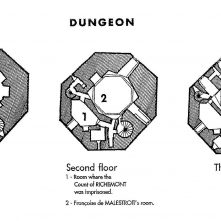
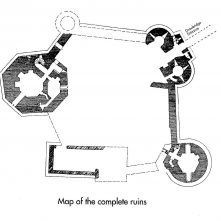

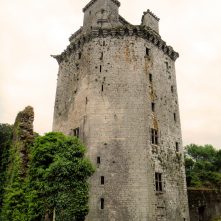
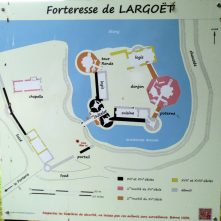
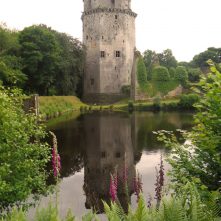
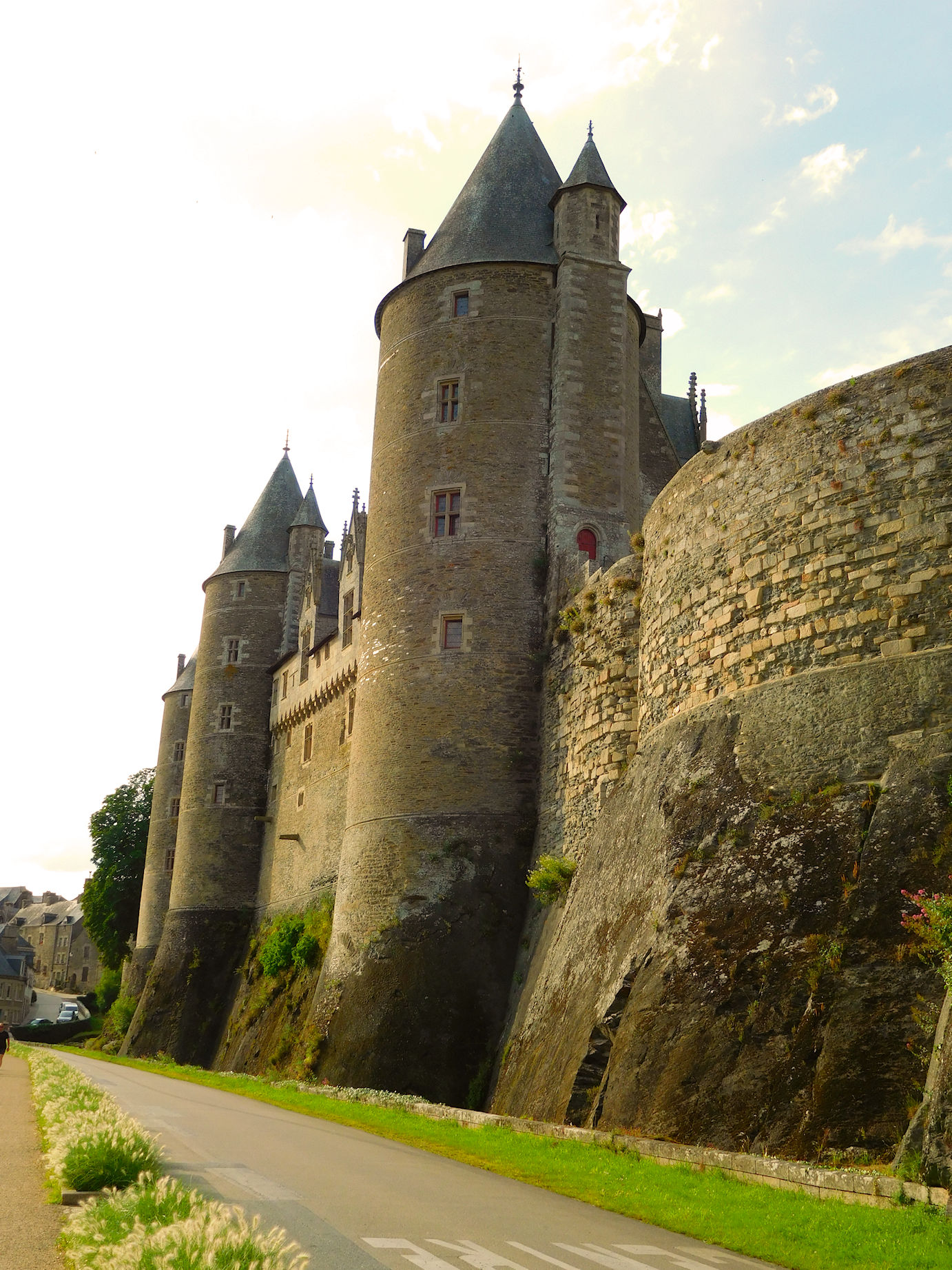
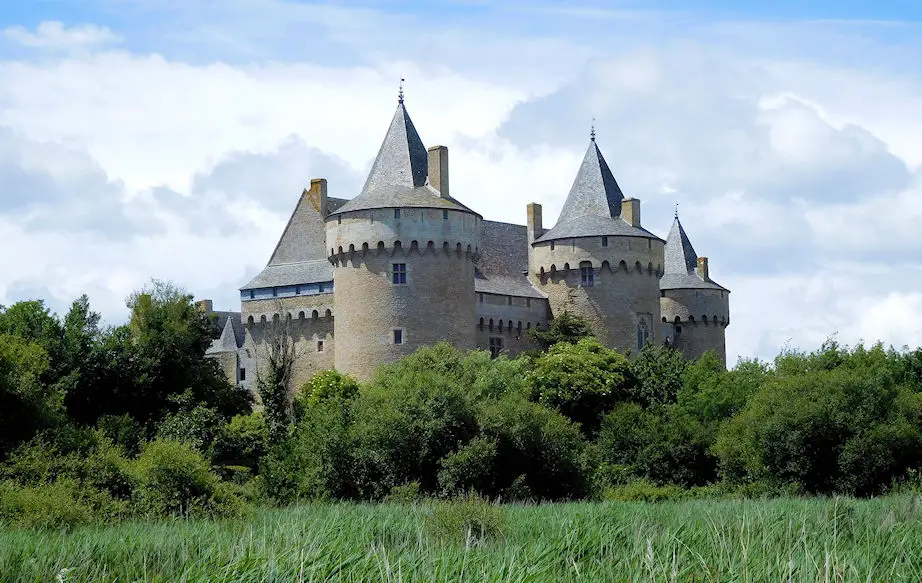
I find it amazing that they can find their way over such large expanses of land. I can get lost going around the block! Keep up the good work you two. I enjoy all this very much 🙂
My 18th or so great grandfather was Sir Roland de Ville. Or Deville. He was the son of King Henry VII. I cannot find anything about his mother, other than she was a Lady from Breton. My maternal family arrived from Wales to the USA in 1689. The originally families emigrated from France to Welsh. They were minor nobility. Is there anyway for me to find out more? Thank you
There is a huge amount that is available.